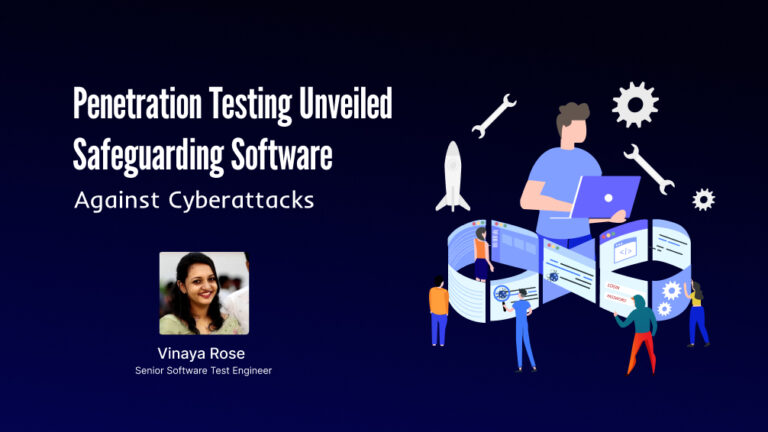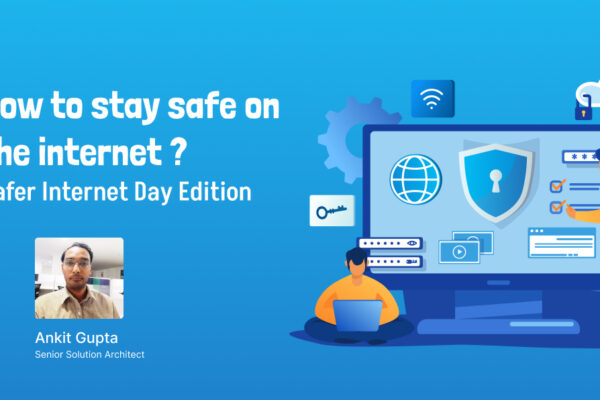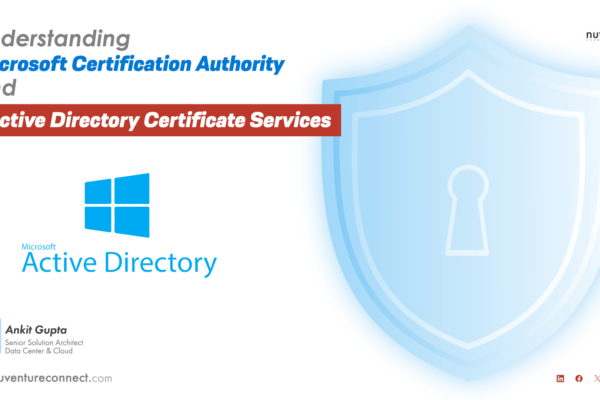In a period dominated by technological advancements, digital geography has turned both a playground and a battlefield. As organizations depend gradually on software to streamline operations, the trouble of cyberattacks looms larger than ever. One pivotal line of defense in this virtual war is penetration testing.

Understanding Penetration Testing
Penetration Testing often referred to as ethical hacking, is a methodical and controlled approach to assessing the security of software systems. It involves affecting real-world cyberattacks to identify vulnerabilities that malignant actors could exploit. The primary aim isn’t just to find faults but to address and fortify them before they can be compromised.
Types of Penetration Testing
There are various approaches to penetration testing, each serving a unique purpose
Black Box Testing : Testers have no previous knowledge of the system.
White Box Testing: Testers have complete knowledge of the system’s internal workings.
Gray Box Testing: Testers have partial knowledge, affecting an arbiter trouble.
Also, penetration testing can be automated or man-made, depending on the specific needs of the assessment.
The Penetration Testing Process
The expedition of a penetration test involves several critical stages
Planning: Defining the range, goals, and rules of engagement.
Surveillance: Gathering information about the target system.
Scanning: relating live hosts, open anchorages, and services.
Exploitation: Trying to exploit vulnerabilities to gain access.
Reporting: validating findings, threats, and recommended mitigations.
Common Vulnerabilities Targeted
Penetration testing aims to uncover a variety of vulnerabilities, including but not limited to
SQL Injection: Exploiting unsuitable SQL query construction.
Cross-Site Scripting( XSS): Injecting malignant scripts into web operations.
Insecure Configurations: Identifying and securing misconfigurations in systems.
The Benefits of Penetration Testing
The provident nature of penetration testing offers several advantages to organizations
Threat Mitigation: Relating and addressing vulnerabilities before they’re exploited.
Cost Savings: Preventing possible monetary losses associated with security breaches.
Reputation Protection: Building and maintaining trust with clients and stakeholders.
Challenges in Penetration Testing
While penetration testing is a strong tool, it comes with its own set of challenges
Limited extent: Testing may not cover all possible attack vectors.
False Cons/Negatives: Results may include both false findings and overlook real vulnerabilities.
Ongoing Testing Needs: Security is a dynamic field, challenging continued testing and updates.
Real-Life cases
Many cases demonstrate the effectiveness of penetration testing in securing software. For example, uncovering critical vulnerabilities before they’re exploited in the wild showcases the visionary part of ethical hacking.
Role of Ethical Hacking
Ethical hacking including penetration testing, plays a vital part in securing the security of software and systems. By taking on the mindset of an implicit attacker, ethical hackers contribute to a robust defense against cyber dangers.

The Penetration Testing Process Unveiled
1. Planning: Defining the Battlefield
In the cyber realm, strategic planning is the first line of defense. The planning stage of penetration testing involves defining the scope, objectives, and rules of engagement. This is akin to preparing for a battle, where understanding the terrain and setting clear objectives is pivotal for success.
1.1 Scope Definition
Clearly delineate what parts of the system will be tested. Is it the entire network, specific applications, or certain servers? This step ensures that the testing team and the organization are on the same page regarding the areas under scrutiny.
1.2 Objective Setting
What are the specific goals of the penetration test? Are you aiming to identify vulnerabilities in a critical application or assess the overall security posture of the network? Establishing clear objectives provides direction to the testing process.
1.3 Rules of Engagement
Defining the rules of engagement is critical for ensuring a controlled and ethical testing process. This includes specifying the dos and don’ts during the testing, similar as the extent to which testers can exploit vulnerabilities and the potential impact on the product environment.
2. Reconnaissance Gathering Intel
In any battle, gathering intelligence about the enemy is a fundamental step. also, the reconnaissance phase of penetration testing involves collecting information about the target system.
2.1 Passive Reconnaissance
This involves collecting information without directly interacting with the target. This could include reviewing publicly available information, such as domain registrations, social media profiles, and any other data that can be collected without alerting the target.
2.2 Active Reconnaissance
Active reconnaissance involves interacting directly with the target to gather more specific information. This could include network scanning to identify live hosts, open ports, and services running on the network.
3. Scanning Mapping the Battleground
With intelligence gathered, the next step is to scan the target environment completely. This involves mapping out the network, identifying vulnerabilities, and understanding the possible entry points for attackers.
3.1 Network Scanning
Network scanning tools are employed to discover live hosts, open ports, and services on the network. This step is critical for understanding the attack face and potential points of entry for attackers.
3.2 Vulnerability Scanning
Once the network is mapped, vulnerability scanning tools are used to identify weaknesses in the system. This could include outdated software, misconfigurations, or known vulnerabilities that could be exploited by attackers.
4. Exploitation Testing the Waters
Having identified potential vulnerabilities, the penetration testers now attempt to exploit these weaknesses. This phase simulates a real- world cyber attack, providing insights into how an actual malicious actor might breach the system.
4.1 Gaining Access
The goal is to penetrate the system using the identified vulnerabilities. This could involve exploiting a misconfigured server, executing a SQL injection attack, or using any other weakness discovered during the scanning phase.
4.2 Privilege Escalation
Once original access is gained, the testers try to escalate their privileges within the system. This mirrors the behavior of a sophisticated attacker seeking to gain high- level access and control.
5. Reporting Documenting the Battlefield
The final phase of penetration testing involves reporting the findings comprehensively. This report serves as a precious document for the organization, detailing vulnerabilities, threats, and recommendations for strengthening the security posture.
5.1 Findings Documentation
Each vulnerability discovered during the testing phase is documented, including details about how it was exploited, the potential impact, and the ease of exploitation.
5.2 Risk Assessment
A thorough risk assessment is conducted, categorizing vulnerabilities based on their severity and implicit impact on the organization. This helps prioritize remediation efforts.
5.3 Recommendations
The penetration testing report concludes with actionable recommendations for addressing and mitigating the identified vulnerabilities. This provides a roadmap for the organization to strengthen its security defenses.
Conclusion
The unveiling of penetration testing as a robust cybersecurity strategy illuminates the path towards safeguarding software from the relentless tide of cyber threats. By systematically identifying vulnerabilities and fortifying digital defenses, organizations can navigate the intricate landscape of cyber attacks with resilience and confidence. As we demystify the complexities of ethical hacking and penetration testing, it becomes evident that these proactive measures are not merely options but essential components of a comprehensive cybersecurity strategy.
As you delve deeper into securing your digital assets, consider partnering with experts who understand the nuances of penetration testing. Our dedicated team ensures innovative and assures quality for software services, empowering your organization to stay ahead in the dynamic realm of technology. Explore the possibilities with Nuventure Connect and fortify your software against the ever-evolving landscape of cyber threats. Hire the best software test engineers through our portal, book a call for further enquiries.




